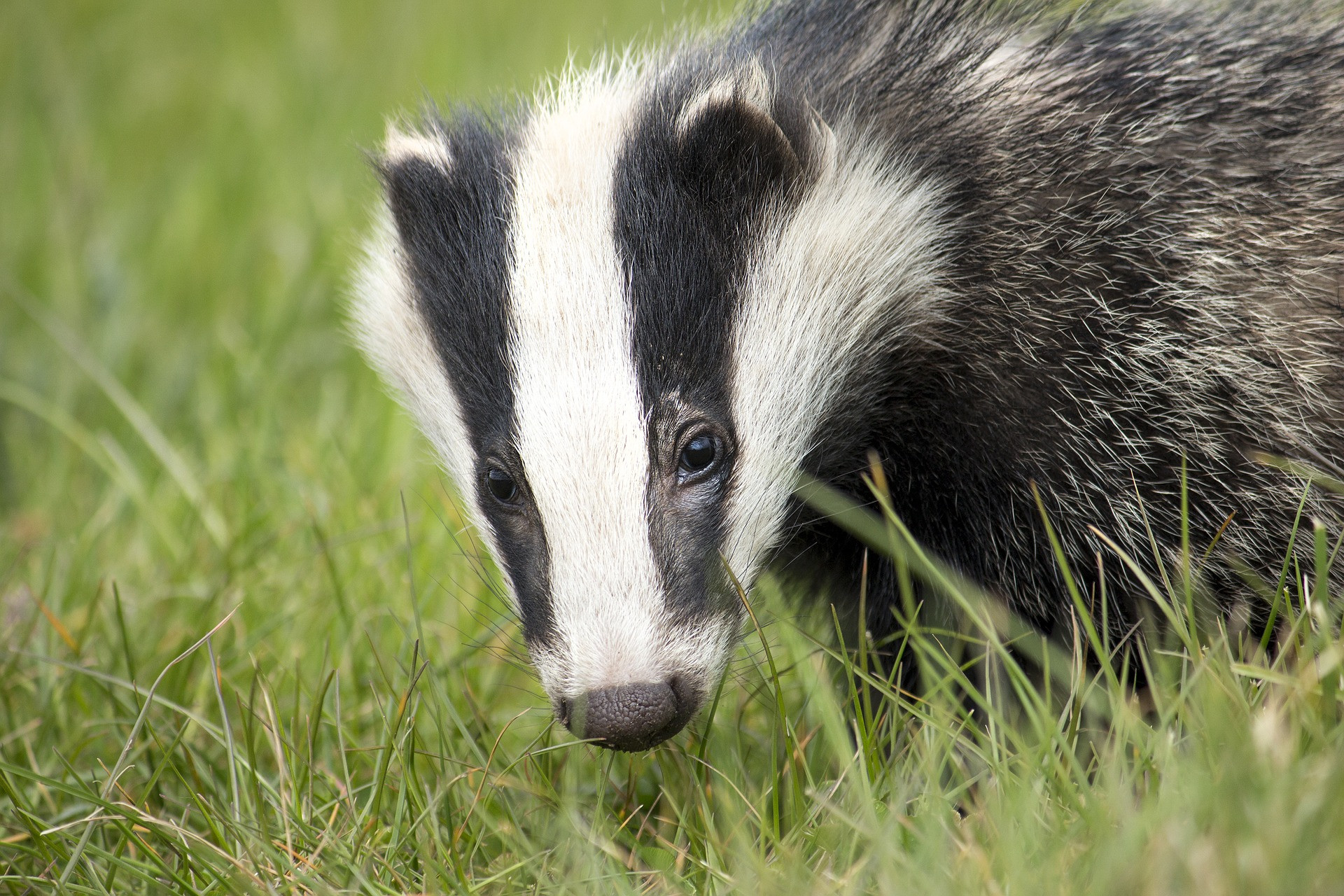Many people are keen to encourage more plants and animals into their gardens, but often feel unsure about the best approach. If you’re wondering where to start in making your garden a haven for biodiversity, the answer might surprise you: it’s all about doing less.
During discussions at the Futurum exhibition at The Big Challenge Science Festival, it became clear that a lot of people are concerned about the loss of native species and the increase of non-native species. The impact of these environmental changes is becoming increasingly noticeable, even to younger generations. It’s disheartening to think that some children might not even recognize a common bird like a barn swallow, a species many remember fondly from their childhood summers.
The decline in biodiversity is driven by several factors, with habitat loss and habitat fragmentation being major contributors. As cities expand globally, natural habitats are converted for urban development. While some adaptable species manage to thrive in urban environments, many others struggle.
Habitat fragmentation occurs when large, continuous habitats like forests or grasslands are broken down into smaller, isolated patches. Think of your garden as a fragment of a larger grassland ecosystem. While the combined area of gardens in a neighborhood might equal the original grassland, these fragmented patches don’t function the same way. Many species struggle to move between these isolated fragments, making them less viable than a single, large habitat. As urbanization continues to increase fragmentation, it becomes crucial to maximize the ecological value of these small garden fragments.
Many visitors at the exhibition were excited about the idea of managing their gardens to support biodiversity and attract more wildlife. One visitor enthusiastically shared a video of a badger that had taken residence in their garden after they adopted a more biodiversity-focused approach.
 badger-2030975_1920
badger-2030975_1920
A badger exploring a biodiversity-friendly garden, highlighting the appeal of natural spaces for wildlife.
People were eager to know what practical steps they could take to create their own wildlife-friendly gardens. The good news is that creating a biodiverse garden is often less about intensive gardening and more about adopting a relaxed approach. Here’s a simple guide to help you manage your backyard to benefit local biodiversity, and it starts with embracing the idea of doing less.
Embrace Relaxation: The Power of Less Garden Intervention
For many garden enthusiasts, the idea of doing less might seem counterintuitive. However, reducing intensive garden maintenance is a crucial step towards enhancing biodiversity. Constant mowing, trimming, and tidying can actually be detrimental to many species. This continuous disturbance disrupts natural habitats and cycles that are essential for wildlife. For instance, wildlife organizations advise against trimming hedges during bird breeding season, as hedges provide nesting sites. Imagine the disruption if someone destroyed your home during nesting season – the same principle applies to birds and other garden wildlife.
Reducing garden intervention also means cutting back on the use of fertilizers and pesticides. These chemicals can harm beneficial insects, soil organisms, and even larger animals further up the food chain, disrupting the natural ecosystem balance in your garden.
Leave Untouched Patches: Creating Micro-Habitats
Building on the idea of reduced intervention, designating areas of your garden to be left completely untouched is highly beneficial. Allowing some parts of your garden to grow wild, or mowing them infrequently and strategically, creates diverse micro-habitats. You can find numerous online guides advocating for letting grass grow longer in certain areas. Tall grass and wildflowers, often considered weeds in highly manicured gardens, are actually vital resources for biodiversity.
Allowing plants like dandelions and other wildflowers to bloom provides nectar and pollen for pollinators such as bees and butterflies. These insects, in turn, become a food source for insect-eating birds and mammals, which may then attract predators, creating a more complete and natural food web within your garden ecosystem.
Consider leaving dead branches or piles of leaves in undisturbed corners of your garden. These areas provide shelter for insects and other invertebrates and contribute to nutrient cycling as they decompose. Adding a small pond, even a container pond, can provide a water source for wildlife and create habitat for amphibians and aquatic insects, further enhancing the biodiversity of your garden.
Rethink the Robot Lawn Mower: Prioritizing Wildlife Safety
While robot lawn mowers offer convenience, they can pose significant risks to garden wildlife. If you use a robot lawn mower, consider adjusting the cutting height to be slightly higher. This allows smaller herbs and wildflowers to survive, increasing plant diversity and food sources for insects.
Crucially, avoid operating robot lawn mowers at night. Nocturnal animals, particularly hedgehogs, are increasingly vulnerable to injury or death from these devices. Hedgehogs often curl up in long grass for shelter, making them susceptible to being harmed by unsupervised robot mowers.
Plant Native Species: Supporting Local Ecosystems
Choosing native plant species is essential for creating a truly biodiversity-friendly garden. Native plants are adapted to the local climate and soil conditions and have evolved alongside native wildlife. They provide the specific food and habitat resources that local insects, birds, and other animals need.
Avoid planting non-native or ‘alien’ species, as these can sometimes become invasive and disrupt local ecosystems. Focus on selecting plants that are indigenous to your region to best support local biodiversity.
Build Homes for Native Animals: Encouraging Wildlife to Stay
Once you’ve created a plant-rich habitat, you can further encourage wildlife to inhabit your garden by providing homes for native animals. Installing an insect hotel provides shelter and nesting sites for various beneficial insects, from solitary bees to ladybugs. Putting up bird boxes and bat boxes offers nesting and roosting opportunities for birds and bats, respectively, helping to increase the diversity of animal life in your garden.
Numerous resources are available online and from wildlife organizations that provide guidance on building and installing insect hotels, bird boxes, and other wildlife homes.
In summary, creating a biodiversity-friendly garden is often about adopting a less intensive approach. By reducing mowing, avoiding pesticides and fertilizers, leaving wild patches, and choosing native plants, you can transform your garden into a valuable habitat for local wildlife. So, embrace the idea of doing less, relax, and enjoy watching your garden become a thriving haven for biodiversity.

